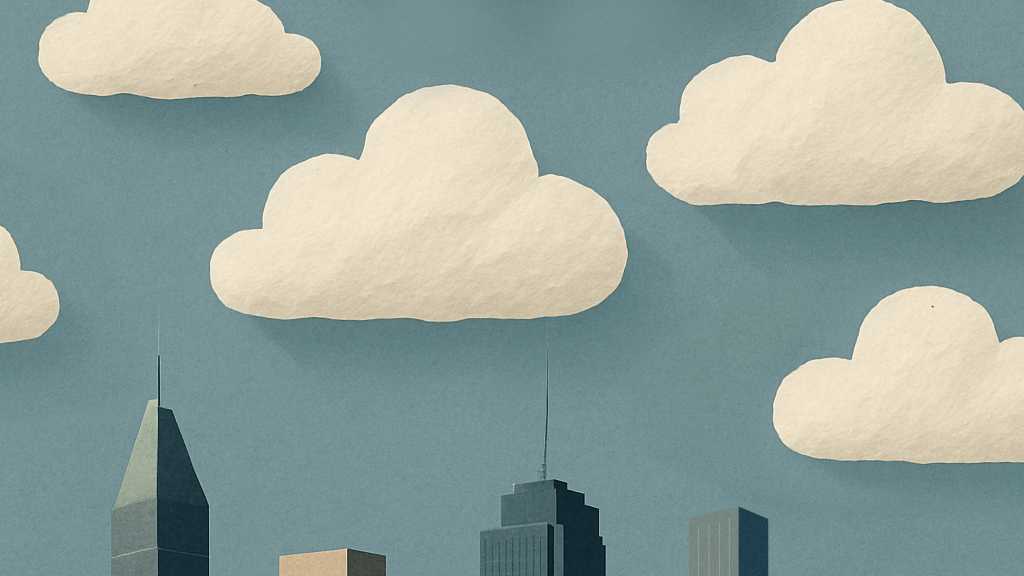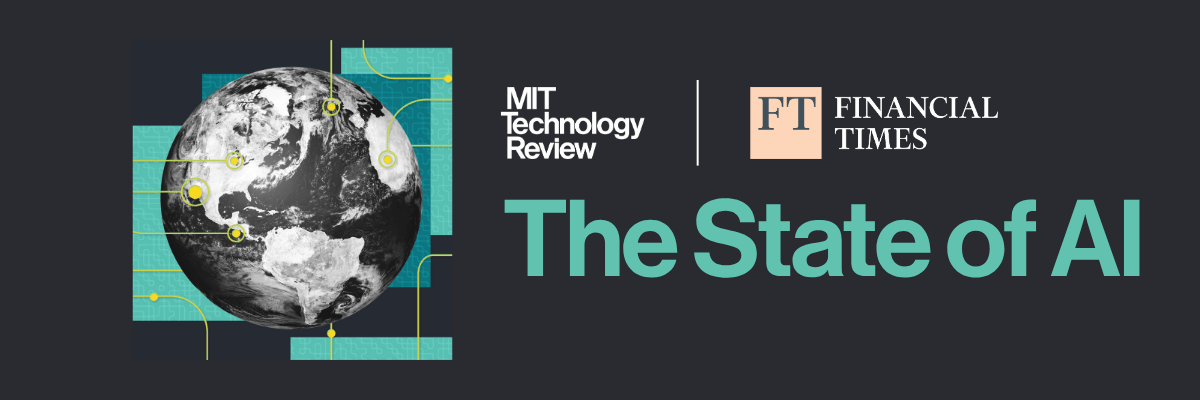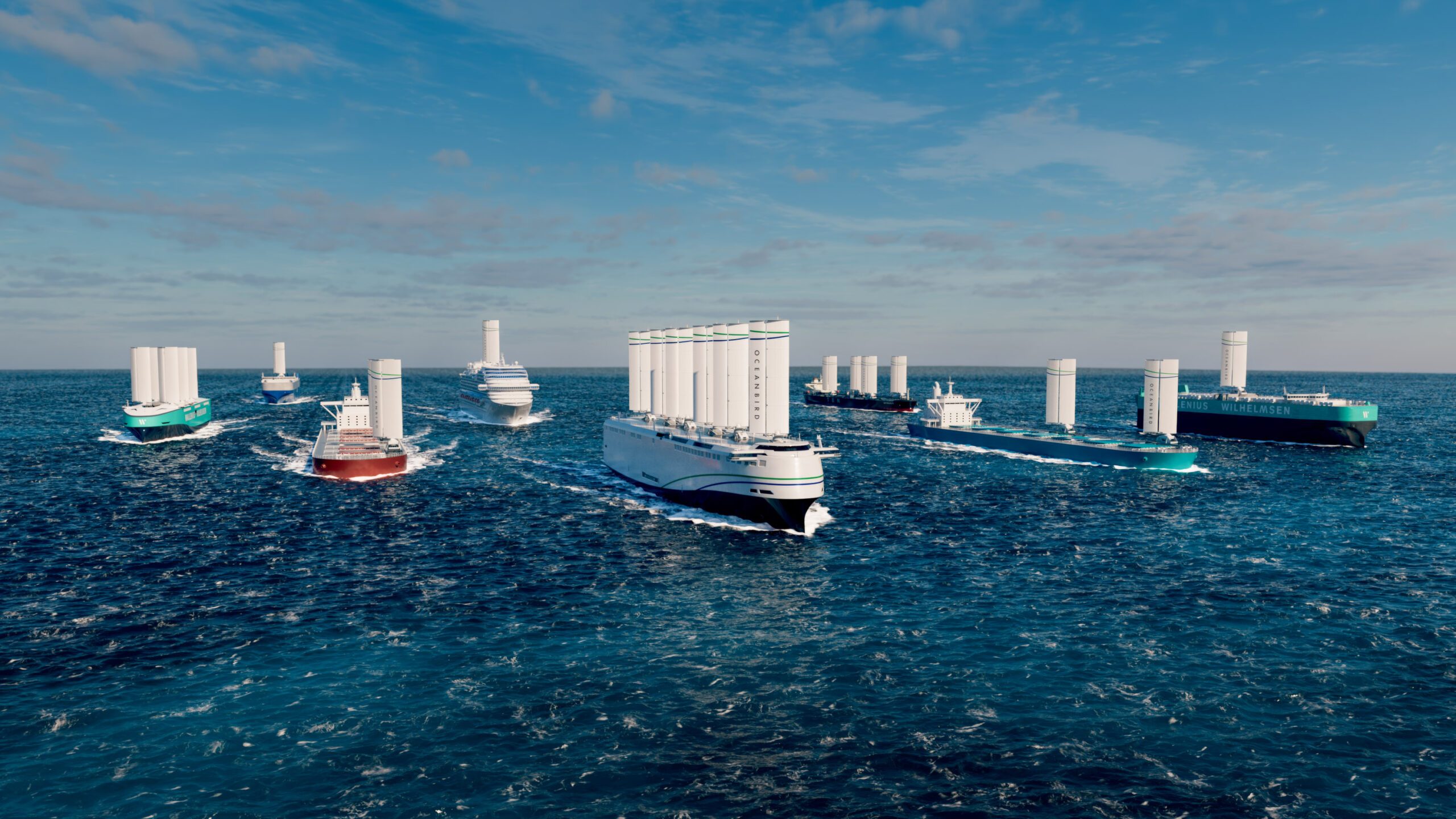In the fall of 2024, a trucking company in Falls Township, Pennsylvania, temporarily stored a storm-damaged Tesla at its yard. A few weeks later, the car burst into flames that grew out of control within seconds, some shooting out 30 feet.
A local fire company tried in vain to squelch the blaze, spraying more than 2,000 gallons of water on the vehicle. Eventually, the firefighters requested help from a fire company in neighboring Bristol Township, led by volunteer fire chief Howard McGoldrick. He’d been fighting fires since 1989, but this conflagration was unusual: It was a chemical fire in a lithium-ion battery, meaning it provided its own heat, fuel, and oxygen. And it was incredibly challenging to extinguish.
McGoldrick was encountering fires like this more and more often. The previous year, he says, several rowhouses were badly burned after overcharged lithium-ion batteries in racing drones ignited inside. In another nearby incident, old lithium-ion biomedical devices at a scrapyard got soaked in a rainstorm and combusted.
The Tesla fire felt like a breaking point. “We were like, ‘Okay, this is just too many incidents in a short amount of time,’” McGoldrick recalls. He went in search of someone who could help his company get better at responding to fires in lithium-ion batteries. He found Patrick Durham.
Durham is the owner of (and mustache behind) StacheD Training, one of a growing number of private companies helping first responders learn how to deal with lithium-ion battery safety, including electric-vehicle fires.
Although there isn’t solid data on the frequency of EV battery fires, it’s no secret to EV makers that these fires are happening. Yet the manufacturers offer no standardized steps on how to fight them or avoid them in the first place, leaving first responders scrambling to search through each car’s emergency response guide—something that’s hard to do when you’re standing in front of an immolating vehicle.
In this void, Durham offers a wealth of resources to first responders, from easy-to-follow video tutorials to hours-long in-person workshops. In 2024 alone, Durham says he trained approximately 2,000 first responders around the country. As more people buy EVs, in part to help address climate change, the need for this training has only grown; in less than two years, Durham’s YouTube channel has attracted almost 30,000 subscribers. (The US doesn’t currently collect data on the frequency or causes of EV fires, but this year the US Fire Administration and the Fire Safety Research Institute are rolling out a new data collection system for fire departments.)
A circumspect man with a shaved head, brown eyes, and a thick horseshoe mustache framing his mouth, Durham previously worked as a mechanical engineer developing battery boxes for EVs. He is also a volunteer firefighter, and in 2020 he offered his first training on fires in lithium-ion batteries to his local department. From there, his reputation spread by word of mouth. Today, StacheD Training is Durham’s full-time work. He’s also the captain of his local volunteer fire department in Troy, Michigan.
As more EVs hit the road, what worries Durham most isn’t just the growing likelihood of battery fires—it’s their intensity. “The severity of the fire is significant compared to a regular vehicle fire,” he says.
“The traditional car fires that you and I grew up with—the majority of those always start in the engine compartment,” says Jim Stevenson, a fire chief from rural Michigan who has taken Durham’s training. “So we basically get there, we pop the car hood, and then we put out the fire from there, and if it gets into the inner compartment of the car? Not a big deal. You spray it down with the hose, and it’s out in no time.” With EV fires, Stevenson says, “it’s just a completely different monster.”

An EV battery is essentially a tightly packed array of thousands of cells, each of which ranges from approximately the size and shape of an AA battery to the size of a legal envelope, depending on the battery model. If a single cell gets damaged–such as by getting crushed, overcharged, or waterlogged–that cell can heat uncontrollably in a process called thermal runaway. It will release so much heat and flammable gas that it generates its own fire, which spreads to the other cells.
Older lithium-ion battery packs exploded “like a pipe bomb” when that happened, Durham says; today’s battery packs have release valves so that during thermal runaway they avoid an explosion by instead spewing flames in what Durham describes as “essentially a blowtorch.” The location of an EV’s battery—underneath the car, between its axles, within a protective case—complicates things further. The batteries are much safer from collision damage than they would be under the hood, but they are also much harder to reach and douse if they ignite.
The result? Fires such as one at an Illinois Rivian plant in 2024, where one EV caught fire and approximately 50 cars parked nearby ended up burning. Or one in Hollywood, Florida, in 2023, where a Tesla was accidentally driven off a dock and burst into flames even though it was underwater.
Durham worries that if an EV battery catches fire in a high-speed crash, it will burn so intensely that first responders won’t be able to save anyone inside the vehicle. Putting out a fire in an internal-combustion car might take as little as 30 minutes and a few hundred gallons of water, he notes, while an electric car battery fire could take upwards of 4,000 gallons of water and many hours to extinguish—and much more for commercial trucks. Indeed, when a Tesla Semi drove off Interstate 80 in Northern California in 2024 and burst into flames, first responders had to douse it with 50,000 gallons of water and close the highway for 15 hours.
What’s more, with EVs, it’s never entirely clear whether the fire is truly out. Cars may ignite, or reignite, weeks or even months after the battery is damaged or a battery fire is initially suppressed. Durham points to one salvaged Tesla in California that burst into flames 308 days after it had flooded in a Florida hurricane. The vehicle hadn’t initially ignited, but saltwater intrusion into the battery pack eventually corroded it enough to produce a chemical fire leading to thermal runaway.
According to Durham, the simple truth is that the best way to manage EV fires right now is to let them burn—while making sure to protect the surrounding area, including other vehicles and people’s homes. Allowing the fire to run its course will ideally also destroy any cells that might otherwise ignite later.
This goes against firefighters’ instincts. When they respond to EV fires, they will spray water “because they want to do something to fix the problem,” he says. [But] … it’s not really doing anything.”
Stevenson worries about how bystanders will perceive first responders waiting out a blaze. “It’s going to be ugly,” he says, “because the public’s going to see us standing on the side [of the] road just watching it burn, which looks bad for us.” But at the same time, he adds, “we don’t have [an] actual way of getting to the battery to knock it out.”
For now, Durham’s training focuses on the options that first responders do have with EV fires. An important if simple one is using a fire blanket to cover a vehicle and prevent the blaze from spreading as it burns out. Although they hadn’t yet received Durham’s training, that’s exactly what McGoldrick and his crew did when they responded to the burning Tesla last fall: After the facility used a forklift to move the burning car to an isolated part of the yard, first responders covered it with a fire blanket. The car reignited several times over the next few days, McGoldrick says, “but it was contained. We just put it in the middle of an open lot and basically let it go.”
It’s a significant cultural shift that first responders need to make, Durham says, and there’s another one, too: being extra-vigilant about the personal protective equipment they wear from the first moment they arrive at a burning EV. There isn’t yet enough information to compare the toxicity of EV fires and those in gas-powered cars, but Durham warns that first responders could inhale high levels of carbon dioxide, carbon monoxide, and heavy metals from burning EVs.
Overall, Durham says, he is not against EVs, but he thinks there needs to be a change in attitude to handle them safely. When an EV battery catches fire, he says, “until that battery has been removed from the vehicle and shredded and fully recycled, it’s always going be a hazard.”
Maya L. Kapoor is an award-winning freelance journalist who writes about climate change, biodiversity, and environmental justice.























